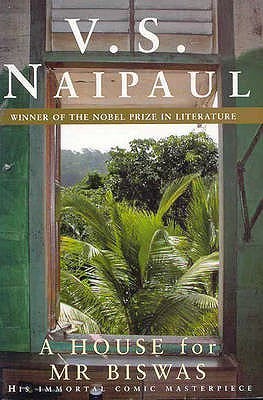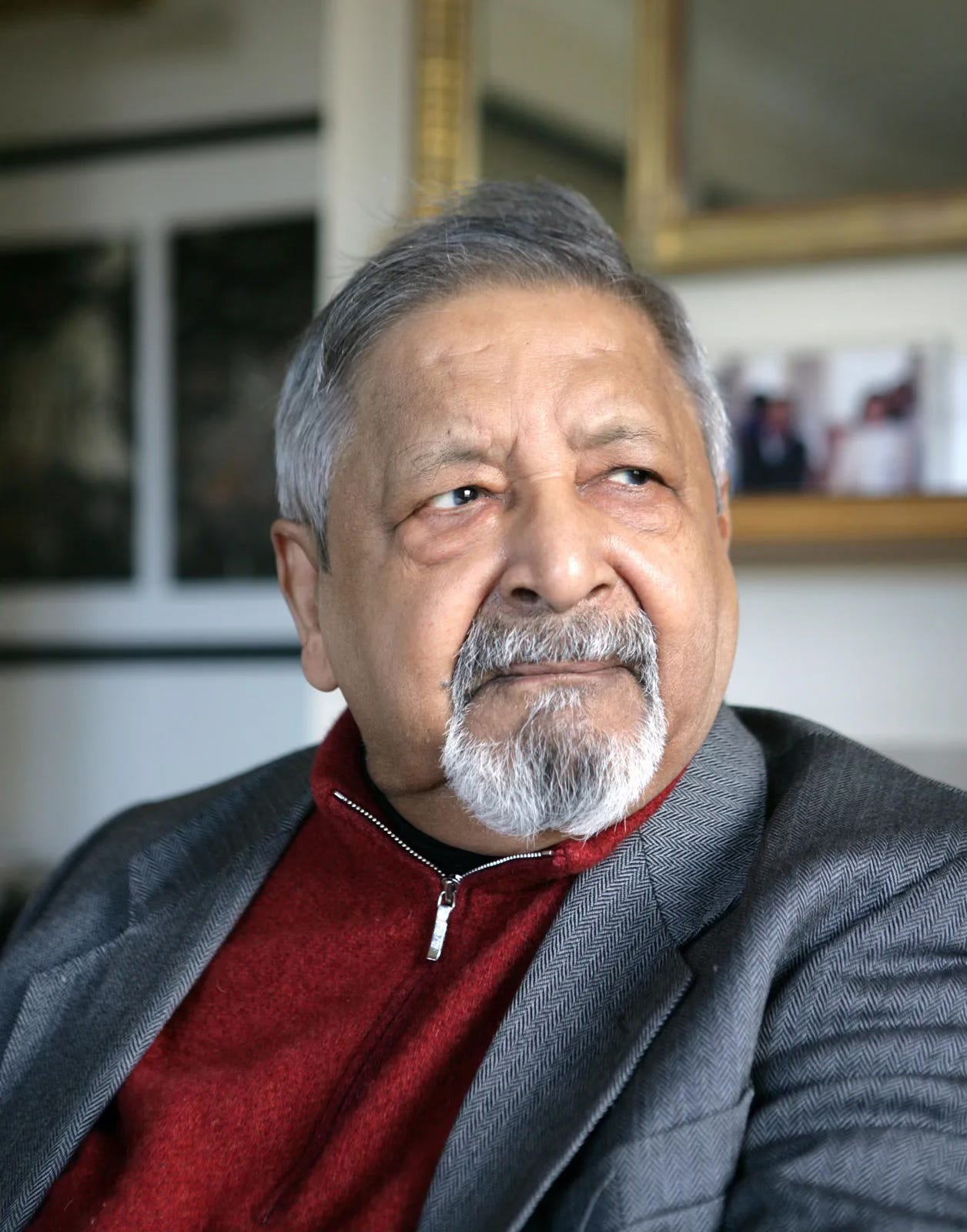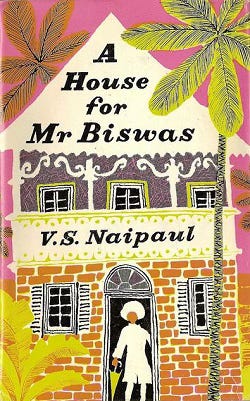A House for Mr. Biswas - A Review
There is something almost eerie about reading Mr. Biswas. Despite it being the first novel by Naipaul that I have read, everything sounded a bit too familiar. And I do not mean that in the sense of the story being formulaic or a close derivative of another work, but it certainly feels like something you have heard before. And it's not so much the story that feels familiar, as it is the personalities of the protagonist and supporting characters in the book. I believe this is especially true if you are of South Asian extraction or a member of that continent's diaspora. Though this may be the first time you actually encounter this feeling in writing.

Some may criticize Naipaul for drawing heavily on clichés or using stock personalities that are prevalent in South Asian language media or culture, though my more charitable impression is that Naipaul is a keen observer of human nature. He captures the traditional social dynamics that one may have experienced or encountered and turns it into a page-turner that ends up feeling all too short at nearly 600 pages.
The story, as many in a similar vein, is predictably sad, but the rich descriptions of each individual, from the main character Mohun to the matriarch Mrs. Tulsi, leave you fulfilled once the novel is over.

I don’t even know if the plot really matters as such. This is simply a great description of the human condition and a composite of our interactions, both good and bad, with the outside world. Mohun is not necessarily someone you can sympathize or empathize with, but he is familiar.
There is a comfort in this familiarity as it provides the reader with recognition that someone else understands the nature of the human condition. Some knowledge of South Asian and Caribbean culture helps the reader along in this, but even if one is not acquainted with some of the terminology used by Naipaul, it can be easily picked up or gleaned.

Mr. Biswas demonstrates why Naipaul’s Nobel and Booker prizes were so very well deserved. There are many authors who understand the mortal coil, but few that provide such a timeless perspective (the book was published in 1961) and a distinct view into the happenings of an Indian family in Trinidad, though you could easily change the names and places in the novel, and the richness would remain.



